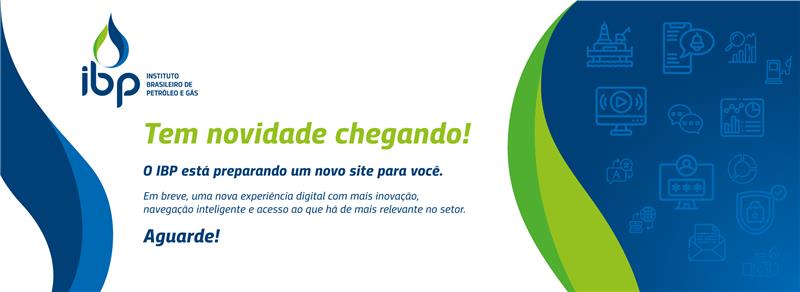[ARTICLE] Enhanced Oil Recovery (EOR) Technologies Playing a Bigger Role
Authors: Peter Howard Wertheim and Dayse Abrantes
hwpeter15@gmail.com
With the decline in oil discoveries during the last decades it is believed that Enhanced Oil Recovery (EOR) technologies will play a key role to meet the energy demand in years to come.
EOR status and opportunities organized by reservoir lithology (sandstone and carbonates formations and turbidities reservoirs to a lesser extent) are located on offshore and onshore fields. Risk and rewards of EOR methods include growing trends: CO2 injection, High-Pressure Air Injection (HPAI) and chemical flooding.
EOR, also called tertiary recovery is the extraction of crude oil from an oil field that otherwise cannot be explored. Sometimes the term quaternary recovery refers to more advanced and speculative EOR techniques.
Using EOR, from 30% to 60% or more can be recovered from an oil reservoir, when compared to 20% to 40% by using primary or secondary recovery. According to the US Department of Energy, there are three primary techniques for EOR: thermal, gas injection, and chemical injection.
Top Players in Enhanced Oil Recovery include Chevron, Total, ExxonMobil, Petrobras and ConocoPhillips according to a report by Fortune Business Insights.
Brazil’s National Petroleum Natural Gas and Biofuels Agency (ANP) said recently that it envisages unique opportunities to revitalize activities in the onshore and shallow water fields by attracting specialized mature field players to increase production and recovery factors of the mature basins especially in Campos Basin, offshore Rio de Janeiro state.
Mature basins and new frontier basins are mostly gas prone. The global enhanced oil recovery market was valued at US$11.6 billion in the year 2018, according to news provided by the organization Research and Markets in October 2019.
The increase in the recovery factors of mature fields in primary or secondary production will be critical to satisfy the increasing energy demand in the next years.

